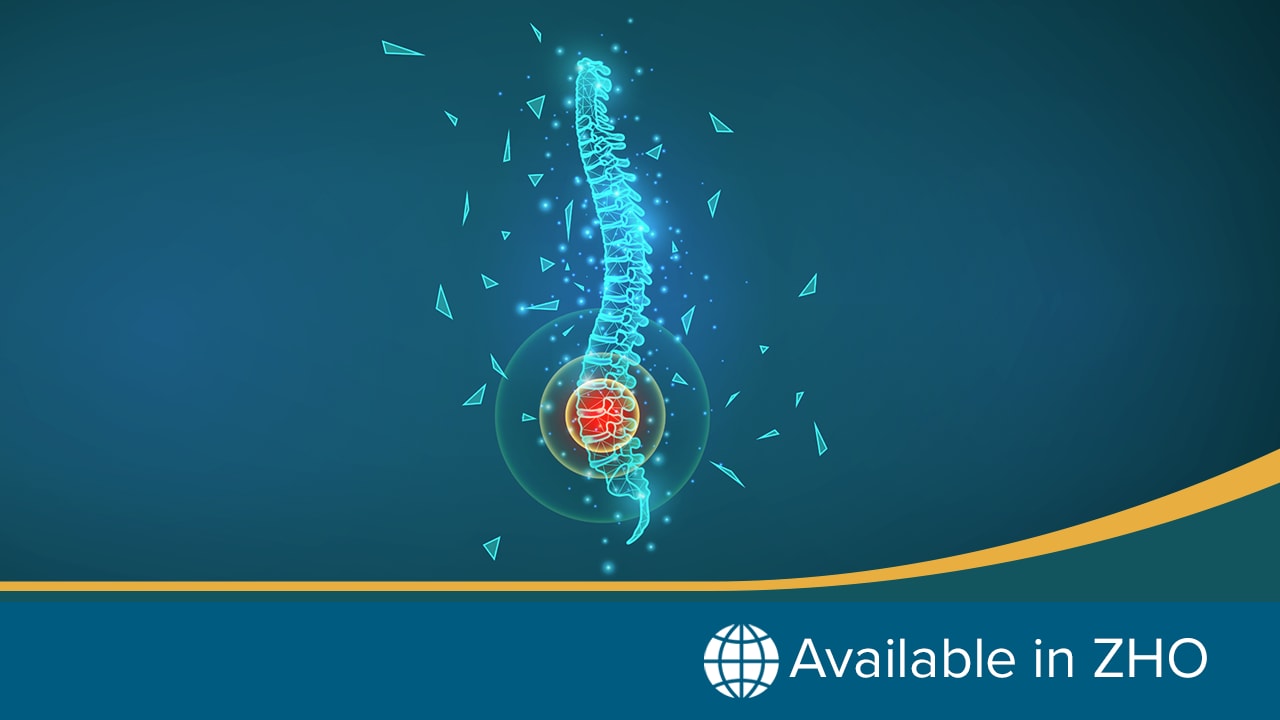Practice Essentials
Eosinophilia-myalgia syndrome (EMS) was first identified in 1989, when more than 1500 people across the United States developed subacute onset of myalgias and peripheral eosinophilia. They then went on to have chronic muscle, fascia, nerve, and skin involvement. [1] The Centers for Disease Control and Prevention (CDC) proposed a surveillance case definition that included the following [2, 3] :
-
Incapacitating myalgias
-
Peripheral eosinophil count greater than 1000/µL
-
No evidence of infection (ie, trichinosis) or neoplasm
Studies quickly linked EMS to dietary supplements that contained L-tryptophan, a supplement that was made using genetically engineered bacteria and was commonly used by patients with fibromyalgia. [4, 5, 3, 6] Specifically, the analysis found an impurity identified as 1’1’-ethylidenebis[tryptophan] (EBT), in L-tryptophan manufactured by a single company. [7] The US Food and Drug Administration (FDA) quickly warned consumers to stop using products containing manufactured L-tryptophan and requested a nationwide recall of all over-the-counter L-tryptophan supplements. The EMS epidemic then swiftly resolved, but unfortunately at least 37 deaths occurred in just 6 months. [1]
Since then, other causes of EMS have been implicated. Six other impurities in L-tryptophan have been associated with EMS, including 3-(phenylamino) alanine (PAA), which shares similar properties with 3-(N-phenylamino)-1,2-propanediol (the chemical found in rapeseed oil and implicated in the 1981 Spanish toxic oil syndrome epidemic [8] ). [9]
An investigator injected himself with quinolinic acid, an L-tryptophan metabolite, and developed peripheral eosinophilia and subcutaneous inflammatory lesions resembling eosinophilic fasciitis. [10]
Also, 14% of EMS cases occurred in patients who had not taken L-tryptophan, suggesting that other agents (eg, probiotics) can also trigger this disorder. [11, 12] Since 2005, when the FDA lifted the ban on L-tryptophan, rare cases of EMS have been reported.
In 2001, new diagnostic criteria for EMS were proposed that identified the following two patterns of presentation:
-
Abrupt onset of peripheral eosinophilia, myalgia, and at least one of the following: rash, edema, pulmonary involvement, or neuropathy.
-
One of the following occurring within 24 months of an acute illness: 1) fasciitis, neuropathy, and myalgia or muscle cramps or 2) any three or more of: fasciitis, myopathy, neuropathy, or peripheral eosinophilia
Diagnosis with the new criteria requires exclusion of trichinosis; vasculitis; and infectious, allergic, neoplastic, or connective tissue disease that could explain the patient’s symptoms. [2]
Pathophysiology
The exact pathophysiology of EMS remains unknown. It is thought to involve exposure to certain substances in a genetically susceptible host that ultimately triggers acute inflammation, eosinophil activation/degranulation, and chronic tissue fibrosis. Analysis of the deep dermis shows evidence of local fibroblast activation, increased expression, of type I and VI collagen, and elevated levels of transforming growth factor β (TGFβ). Levels of interleukin (IL)-2, IL-4, IL-5, interferon (INF) gamma, and granulocyte-monocyte colony-stimulating factor (GM-CSF) are increased in patients with EMS. [13, 14, 4, 15]
Etiology
Although no one cause of EMS has been identified, most patients (97%) with this disease reported consuming L-tryptophan. The median exposure was 6 months, but this ranged from 2 weeks to 9 years. Doses varied from 500-11,500 mg per day, and the median dose patients consumed was 1250 mg. L-tryptophan is commonly used by patients with fibromyalgia but also is taken for insomnia, depression, and premenstrual symptoms. One specific impurity identified in L-tryptophan was 1’1’-ethylidenebis[tryptophan] (EBT).
Not every patient who consumed the specific lot of L-tryptophan from Showa Denko, a pharmaceutical company in Japan, developed EMS. There are other genetic and host factors that are required for a patient to develop EMS. [9]
Other causes include other nutritional supplements such as niacin, probiotics, L-lysine, or 5 hydroxytryptophan, but patients can develop EMS without a history of drug or supplement use.
Epidemiology
United States
During the initial epidemic, over 1500 cases of EMS were confirmed in the United States. However, estimates indicate that 5000-10,000 people had this disease. [16] Since 1991, reports of EMS have been limited to case reports. [17]
International
EMS also occurred in other parts of the world, including the United Kingdom, France, Israel, Japan (12 patients), western Germany (69 patients), and Canada (10 patients). Cohort studies performed during the epidemic estimated that the attack rate of EMS among users of L-tryptophan was 0.5%-9%, depending on the product lot of the L-tryptophan ingested.
In 2022, a case of EMS was reported in India. [18]
Race, Sex, and Age-related Demographics
Demographic characteristics of the patients reported to have EMS were as follows:
-
97% White
-
84% female
-
Most were 35-60 years old (age range 17-81 years, mean 49 years)
Prognosis
By July 1991, 36 deaths were attributed to EMS. The mortality rate ranged from 2% in national surveillance data to 6% in some cohorts. Most deaths were the result of neurogenic complications such as ascending polyneuropathy, cardiopulmonary disease, or superimposed infection. [19]
Of the patients with an acute presentation of EMS, 34% required hospitalization for incapacitating myalgias, muscle cramps, or pulmonary involvement.
Most patients (90%) continued to have some symptoms 3-4 years after the acute presentation. These are likely due to permanent tissue damage that occurred in the acute phase of the disease. Persistent muscle pain, fatigue, and muscle spasm were the most common residual complaints. Subjective memory loss and word-finding difficulties were also reported in this series. These symptoms were not responsive to any therapeutic intervention. Patients who had severe disease at onset with internal organ involvement, neurologic findings, and skin thickening tended to have a worse prognosis. [19]
Serious and life-threatening complications (eg, ascending polyneuropathy, cardiomyopathy, myocarditis, myocardial infarction, encephalopathy, stroke, thrombocytopenia) have been reported, but they occur only rarely.
Patient Education
Patients should be advised that over-the-counter products are typically not subjected to rigorous testing for short- or long-term side effects. Their use could result in as yet unknown adverse health consequences. Patients should avoid L-tryptophan and other possible causative medication(s) or supplement(s).









